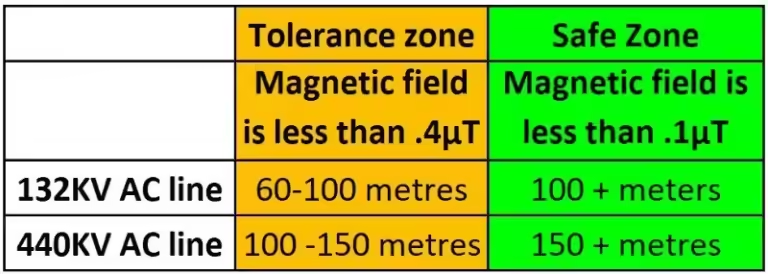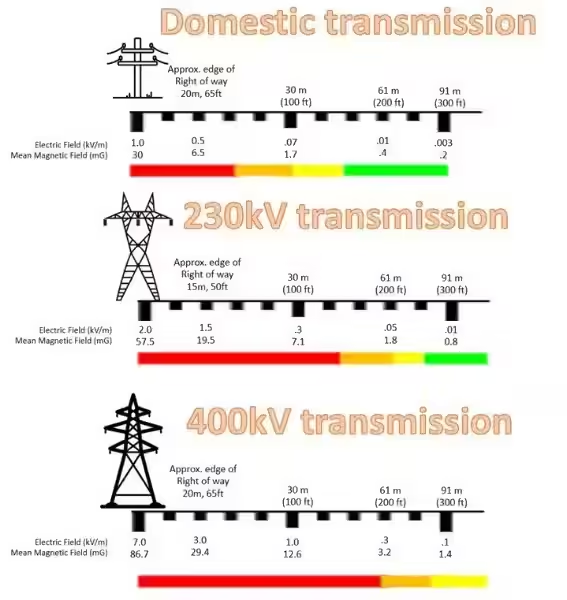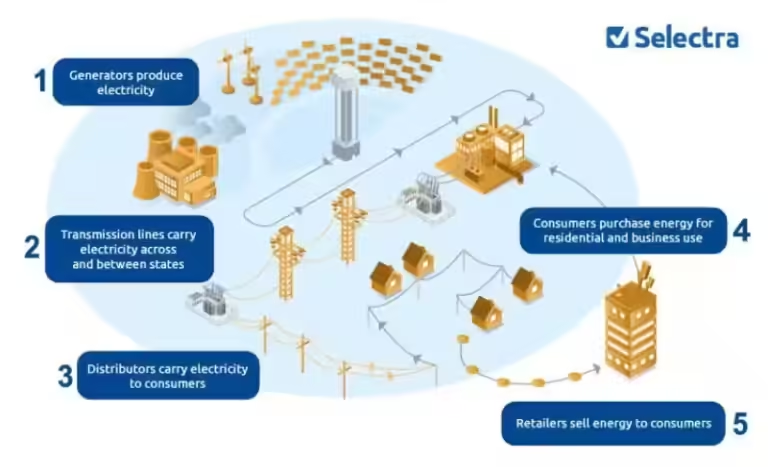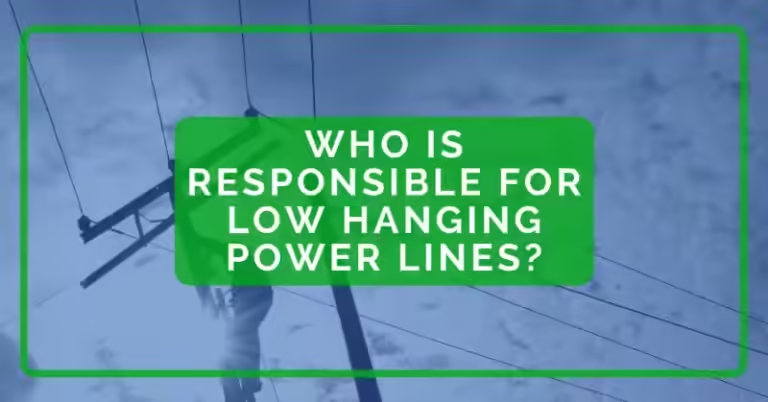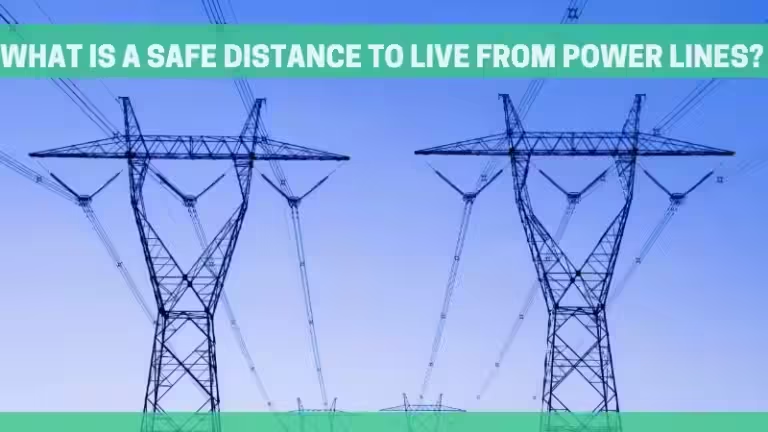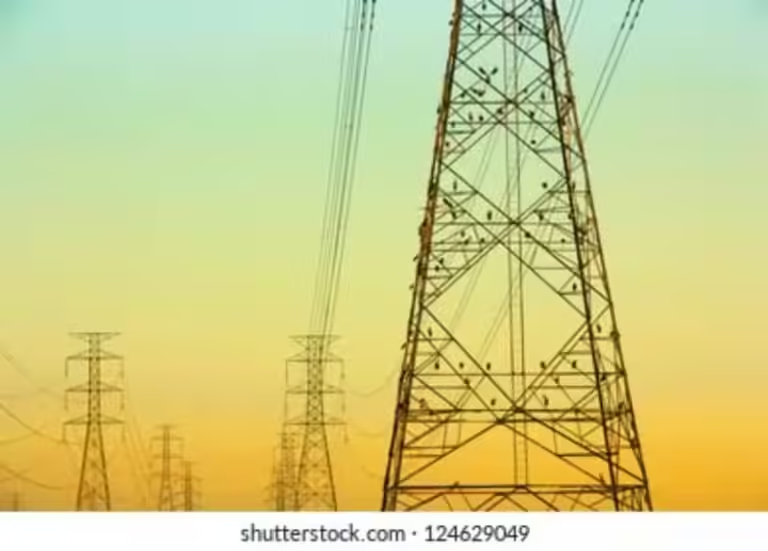What Do They Spray Plants Around Powerlines?

Imagine walking through your neighborhood park, enjoying a crisp autumn breeze, when you notice a swathe of dead plants and shrubs along the power lines. You might wonder, "What do they spray plants around powerlines?" It's a question that many have asked, especially when they see the stark contrast between flourishing vegetation and the barren landscape near power lines. While power companies claim to use safe and necessary practices, residents often raise concerns about the potential impact on the environment and their own health.
Power companies aim to maintain a clear right-of-way along power lines, typically a 30-foot-wide strip, to prevent vegetation from interfering with electric service. This is crucial for ensuring the safety and reliability of electricity, as overgrown branches or tall weeds can cause power outages and pose hazards to utility workers. To achieve this, they employ several methods, including mowing, trimming, and herbicide spraying.
Herbicides: A Controversial Tool
Herbicides, chemicals designed to kill plants, are often the preferred method for controlling vegetation along power lines. Power companies argue that these herbicides are EPA-certified and approved for their intended use. They also highlight the importance of maintaining a clear right-of-way for safety and reliability of electricity service. Overgrown vegetation can make it difficult to restore power outages quickly and efficiently.
However, residents often express concerns about the potential impact of herbicide use on the environment. They worry about the runoff from these chemicals contaminating nearby creeks and harming people and animals. They also raise concerns about the aesthetics of their properties and the potential health risks associated with exposure to herbicides.
Types of Herbicides Used
The specific herbicides used by power companies vary depending on factors like the type of vegetation being targeted, the location, and environmental regulations. Some commonly used herbicides include:
- Glyphosate: A broad-spectrum herbicide widely used in agriculture and landscaping. It targets a wide range of plants, including grasses, weeds, and trees.
- 2,4-D: A selective herbicide that primarily affects broadleaf plants while leaving grasses unharmed. It is commonly used in lawns and along roadsides.
- Triclopyr: Another selective herbicide used to control broadleaf weeds and trees. It is often used in rights-of-way management and forestry.
It's important to note that these herbicides are not without potential risks. Glyphosate, for instance, has been linked to various health concerns, including cancer, and has been banned in some countries due to concerns about its environmental impact. As such, the use of herbicides around power lines remains a subject of debate and concern.
Alternative Methods to Herbicides
Recognizing the concerns about herbicide use, some power companies and municipalities are exploring alternative methods for vegetation management. These methods aim to reduce or eliminate the need for herbicides while still maintaining a safe and reliable electric service.
1. Mechanical Control
Mechanical control involves using physical methods like mowing, trimming, and cutting to manage vegetation. This approach is often more labor-intensive but avoids the use of chemicals. Power companies can use specialized equipment like brush cutters, flail mowers, and tree trimmers to effectively manage vegetation along power lines.
2. Goats and Sheep Grazing
A more unique and environmentally friendly approach involves using goats or sheep to graze on vegetation along power lines. These animals naturally consume unwanted plants, helping to maintain the right-of-way while providing a sustainable and cost-effective solution. This method can also be beneficial for soil health, as the animals' hooves aerate the soil.
3. Integrated Vegetation Management
Integrated vegetation management (IVM) combines various methods, including mechanical control, prescribed burning, and biological control, to create a holistic approach to managing vegetation. This strategy aims to minimize the need for herbicides while promoting biodiversity and ecosystem health.
Transparency and Communication
The debate surrounding herbicide use around power lines highlights the importance of transparency and communication between power companies and residents. Power companies should be transparent about the herbicides they use, the potential risks associated with them, and the safety protocols in place. They should also inform residents about planned spraying activities and provide opportunities for feedback.
Residents, in turn, can express their concerns and advocate for more environmentally friendly practices. They can also participate in community dialogues and work with power companies to find solutions that balance the need for reliable electricity service with the protection of the environment and public health.
The question of what they spray plants around powerlines is a complex one, with no easy answers. While power companies emphasize the importance of maintaining a clear right-of-way for safety and reliability of electricity service, residents often express concerns about the potential impact of herbicides on the environment and their health. The debate highlights the need for a balance between maintaining reliable electricity service and protecting the environment.
Ultimately, the solution lies in finding sustainable and environmentally friendly alternatives to herbicides, promoting transparency and communication between power companies and residents, and ensuring that the needs of both parties are taken into account. As we strive for a more sustainable future, it's crucial to find ways to manage vegetation around power lines that minimize environmental impact while ensuring the reliable delivery of electricity.
Frequently Asked Questions
What do power companies spray around power lines?
Power companies use herbicides to control vegetation growth near power lines. These herbicides are typically EPA-certified and approved for the intended use.
Why do power companies spray herbicides?
Herbicides are used to prevent vegetation from interfering with electrical service. Overgrown vegetation can cause power outages and make it difficult to access equipment for repairs.
What are the potential risks of herbicide spraying?
Herbicides can have negative impacts on the environment, including water contamination and harm to wildlife. Some people also express concerns about the potential health effects of exposure to herbicides.
What are the alternatives to herbicide spraying?
Some power companies are exploring alternative methods of vegetation control, such as mowing, trimming, and using goats or sheep to graze on vegetation near power lines.
What can I do if I am concerned about herbicide spraying?
If you have concerns about herbicide spraying near your property, you can contact your local power company and express your concerns. You can also contact your local environmental agency or Department of Agriculture.

